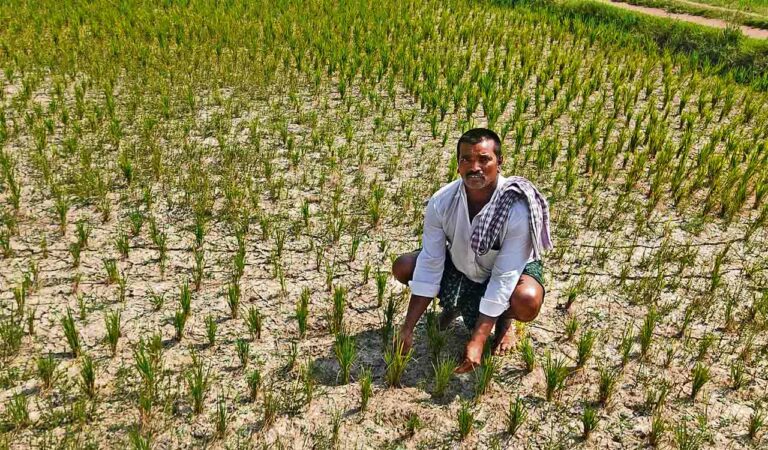
Despite 5% excess rain, groundwater declines in 32 districts
Updated On - 3 April 2024, 09:59 PM
Hyderabad: The State could be headed for an even worse situation with regard to water availability, if the groundwater levels across Telangana are any indication. According to the latest report of the Groundwater Department, despite an excess rainfall of over five per cent in the State till March this year, the groundwater table has indicated a declining trend in as many as 32 of the 33 districts. A net average fall of 1.67 metres was observed this March compared to March last year.
The report notes that during the water year 2023-24 (up to March 31 2024), the State received a rainfall of 920mm against a normal of 876 mm, which translated into a five per cent excess rainfall compared to the normal annual rainfall. Even then, the report compares the groundwater levels to the decadal average of March 2014-2023, and notes that the fall was in the range of 0.01 metres to 15.25 metres in as many as 201 of the 612 mandals in the State. The decline was in the range of 0.39 metre and 4.01 metres, with the the highest being in Mahabubnagar district.
A fall in the groundwater table up to 0.5 metres was observed in 51 revenue mandals, 0.5 to 1.0 metres in 38 mandals, 1 metre to 2 metres in 45 revenue mandals and more than 2 metres in 67 mandals. If the fall in the groundwater table is analyzed taking the district as a unit, it is ranging from 0.02 metres to 3.59 metres in as many as 26 districts, with Sangareddy accounting for the lowest.
The fall has its bearing in nearly 33 per cent of the total area in the State. The central and southern parts of Nizamabad, eastern parts of Nirmal, central parts of Adilabad, Jagityal, Mulugu, Medak, Medchal, Hyderabad, central and south eastern part of Nalgonda, Suryapet, Nagarkurnool and Jogulamba Gadwal, Vikarabad, northern parts of Bhadradri Kothagudem, western parts of Kamareddy and north eastern part of Narayanpet district were all impacted by the decline in groundwater.
A rise in the groundwater table was observed in 411 mandals, mostly negligible. The rise was observed up to 0.5 metres in 48 mandals, 0.5-1.0 metres in 65 mandals, 1-2 metres in 122 mandals and more than 2 metres in 176 mandals. The areas that registered a rise in the groundwater table are covering the central parts of Adilabad, south western parts of Nirmal, north western parts of Kumram Bhim Asifabad, west and eastern parts of Kamareddy, Nizamabad, parts of Sircilla, Siddipet, Yadadri, Medak, Jangaon, Warangal, Hanamkonda, Ranga Reddy, Nagarkurnool, Khammam and Suryapet.
Groundwater department officials said indiscriminate drilling of bore-wells reaching out to the depths of more than 1000 ft was observed in many of the urban pockets. Groundwater cannot be viewed as the main source of water supply. It can only be a supplementary source, they said, stressing on the need to confine to the dynamic and rechargeable groundwater sources and to discourage the trend of tapping the meager static groundwater resource. Mahabubnagar, being part of the high altitude zone, the scope for recharge of groundwater levels has been very less.





Leave a Reply